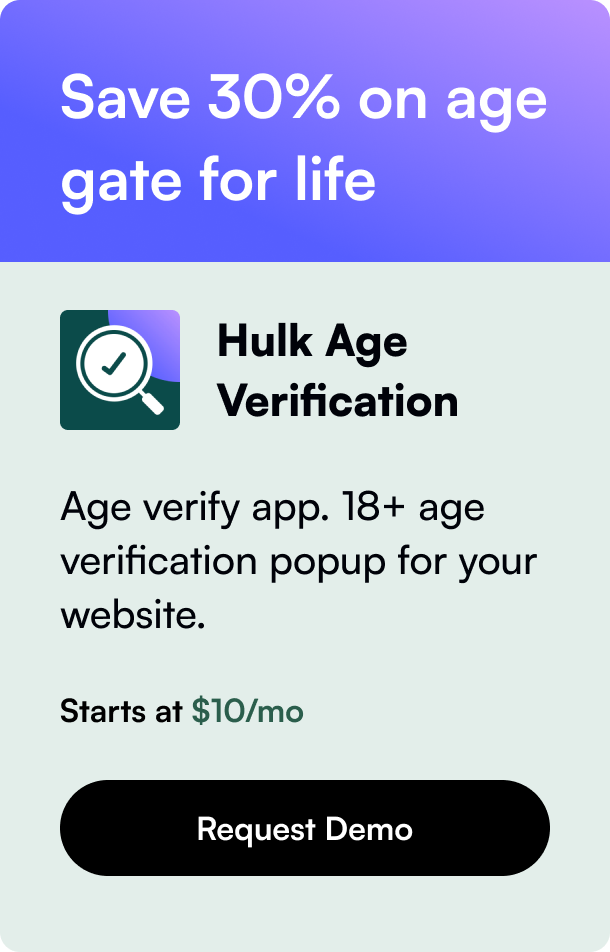Table of Contents
- Introduction
- Why Remove PayPal from Shopify?
- Exploring Alternatives to PayPal on Shopify
- How to Prepare Your Shopify Store for Removing PayPal
- Ensuring a Smooth Transition
- Conclusion
- Frequently Asked Questions
In the vast and vibrant world of e-commerce, having a seamless and efficient payment system in place is non-negotiable for business owners wanting to cater to a diverse customer base. Among the plethora of payment gateways available, PayPal has cemented its place as a reliable and widely accepted choice on platforms such as Shopify. However, there may be instances where you find yourself pondering the need to remove PayPal from your Shopify store. Whether it's due to the high transaction fees, seeking alternative payment options, or simply streamlining your checkout process, this guide is designed to navigate you through the removal process smoothly.
Introduction
Did you know that a smooth checkout process can significantly enhance the shopping experience, potentially boosting customer satisfaction and conversion rates? While PayPal is known for its reliability and global acceptance, there are several reasons you might consider removing it from your Shopify store. This could range from reducing transaction fees to diversifying payment gateways or even avoiding potential account holds. This post aims to provide you with a comprehensive guide on how to remove PayPal from Shopify, exploring not only the steps involved but also the benefits and considerations of such a move.
Why Remove PayPal from Shopify?
High Transaction Fees
For businesses operating on thin margins, every penny counts. PayPal's transaction fees can take a sizable bite out of your profits, prompting the search for more cost-effective alternatives.
Limitations and Restrictions
PayPal's stringent policies may not align with every business model, especially for those selling in niche markets or dealing with specific product categories.
Enhancing Customer Experience
Offering a variety of payment options can cater to a broader audience, offering them the convenience and flexibility to pay how they prefer.
Avoiding Account Holds
An aspect that might not immediately come to mind is the risk of account holds or freezes with PayPal, which can disrupt business operations and cash flow.
Exploring Alternatives to PayPal on Shopify
Once the decision to remove PayPal is made, it's crucial to identify and integrate alternative payment gateways that are compatible with Shopify. Options like Stripe, Authorize.Net, Braintree, and 2Checkout offer a variety of features that could better suit your business needs. Consideration should be given to factors like transaction fees, payment methods, currencies supported, and the geographic location of your customer base. Additionally, assessing the level of customer support and security measures provided by these alternatives will ensure a smooth transition for both you and your customers.
How to Prepare Your Shopify Store for Removing PayPal
Step 1: Back Up Your Store Data
Ensure all critical data, including order history and financial records, are backed up before making changes to your payment setup.
Step 2: Disable PayPal as a Payment Option
Navigate through your Shopify admin panel to "Settings" > "Payments," locate PayPal, and select "Deactivate" to remove it as a payment option.
Step 3: Communicate the Change
Inform your customers about the removal of PayPal and the introduction of new payment methods through newsletters, updates on your FAQ page, or a notification on your checkout page.
Step 4: Setting Up and Testing Alternative Payment Gateways
After selecting and integrating your new payment gateways, conduct thorough testing to ensure transactions are processed smoothly.
Ensuring a Smooth Transition
Post-removal, it's imperative to monitor and analyze payment data to assess the effectiveness of the new payment gateways. Pay close attention to customer feedback regarding the new payment options and be ready to make further adjustments to optimize your store’s checkout process. Additionally, updating your store policies and terms of service to reflect these changes will ensure transparency and maintain customer trust.
Conclusion
Removing PayPal from your Shopify store is not a decision to be made lightly. It requires a strategic approach, from selecting the right alternatives to ensuring a seamless transition for your customers. By following the steps outlined in this guide and staying attuned to the needs and preferences of your customer base, you can create a more streamlined, efficient, and potentially more profitable payment setup for your Shopify store. As the world of e-commerce continues to evolve, staying flexible and responsive to changes in payment processing will place your business in a strong position for growth and success.
Frequently Asked Questions
Q: Will removing PayPal affect my store's sales? A: While PayPal is a popular payment method, offering a range of alternatives can help mitigate any potential impact on your sales. Monitoring your sales and customer feedback post-removal is crucial to understanding the effect on your business.
Q: Can I reintegrate PayPal into my Shopify store if I change my mind? A: Yes, you can reintegrate PayPal as a payment option on Shopify at any time by accessing the "Payments" section in your Shopify admin and following the setup process.
Q: Are there any costs associated with removing PayPal from Shopify? A: Removing PayPal itself does not incur any direct costs. However, consider potential changes in transaction fees when switching to or integrating new payment gateways.
Q: How do I choose the best payment gateway alternatives to PayPal? A: Evaluate factors such as transaction fees, supported currencies, payment methods, and compatibility with your customer base. It's also beneficial to consider the ease of integration with Shopify and the level of customer support provided by the payment gateway.








